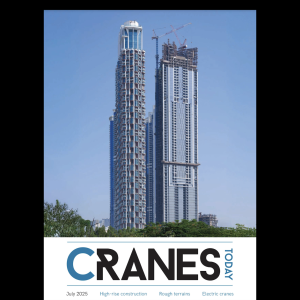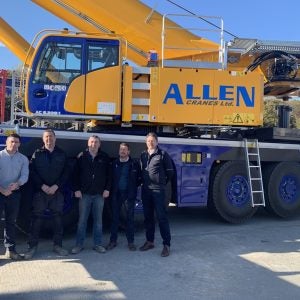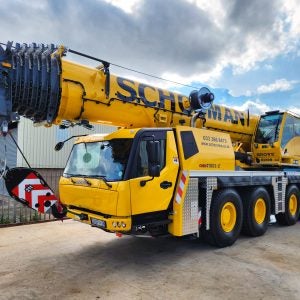The company’s revenue in the first six months of the year was EUR269.2m (USD384.4m), down from EUR423.5m (USD604.9m) in 2008 and EUR340.6m (USD486.5m) in 2007. In the second quarter revenue was EUR128.8m (USD183.9m), down from EUR140.4m (USD200.4m) in the first quarter of 2009.
Palfinger said crane sales in the first half in some European countries and Russia were “almost zero”, and there were noticeable declines in its main markets of Germany and France. However, in the second quarter, sales in the US showed the first signs of recover since the turn of the year and “all the markets at least stabilised on a very low level,” the company said.
EBITDA fell 92.9% from EUR69.2m to EUR4.9m, but Palfinger said recording a positive EBITDA was a sign that its management through the global downturn has been effective.
Efforts to reduce costs include utilisation of production capacities, through targeted in-sourcing and manufacturing for third parties; reduction of capital employed; focusing on strategic markets, such as India; and the implementation of a new organisational structure.
This new structure is designed to provide a stronger focus on entrepreneurial management of the European business via business units and boost non-European areas. It is to be implemented by the end of 2009.
Palfinger said it has also been working to seize market opportunities as they open up. As a result, it said its earning will “benefit over-proportionally from any economic recovery”.
“The developments of recent months have shown clear signs of bottoming out in the markets that are of relevance to us,” said CEO Herbert Ortner. “Order intake in the US and Asia is even slightly on the rise again.
“The implementation of the infrastructure projects announced and/or agreed upon all over the world will also generate a clear impetus for us. As an early-cycle company we are cautious but nevertheless optimistic for the upcoming quarters.”






